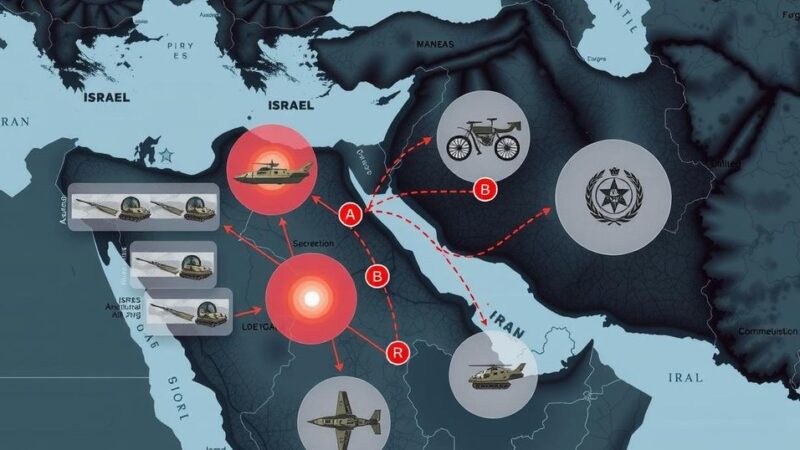A preliminary magnitude 7.6 earthquake struck the Caribbean Sea, triggering a temporary tsunami advisory for Puerto Rico and the Virgin Islands. The advisory was later canceled, but residents were warned of possible strong currents. The NOAA reported potential tsunami waves for Cuba, urging evacuation of beachfront areas. Fortunately, no significant damage was reported immediately after the earthquake.
On Saturday, a significant earthquake, registered with a preliminary magnitude of 7.6, struck the Caribbean Sea, as reported by the U.S. Geological Survey (USGS). The seismic event took place approximately 130 miles southwest of Georgetown, Cayman Islands, shortly before 6:30 p.m.
The USGS confirmed that this earthquake initiated a temporary tsunami advisory for Puerto Rico and the Virgin Islands. Consequently, authorities cautioned residents to avoid beaches and coastal areas due to potential sea-level hazards and flooding.
By around 8:15 p.m., the U.S. National Tsunami Warning Center (NTWC) announced the cancellation of the tsunami advisory for affected regions. Nevertheless, they advised, “While alerts have ended, strong and unusual currents may continue. Be careful near the water and use caution,” indicating lingering maritime dangers.
The National Oceanic and Atmospheric Administration (NOAA) reported the possibility of tsunami waves measuring between one to three meters above the tide on certain coasts of Cuba. They noted, “The forecast for Cuba is still as much as 3 meters; the forecast for Honduras and the Cayman Islands is for 0.3m to 1m,” emphasizing the ongoing potential threat from the earthquake’s aftereffects.
The Cuban government alerted its citizens, urging them to evacuate beachfront areas in light of the tsunami warnings. The NOAA previously highlighted that actual tsunami wave amplitudes may differ from forecasts due to various local factors. There was no tsunami alert issued for the U.S. mainland, as stated by the NTWC.
The USGS explained that the earthquake resulted from a “strike slip faulting in the shallow crust near the boundary between the North America and Caribbean plates.” They added that “focal mechanism solutions indicate that rupture occurred on a steeply dipping structure striking either west-northwest (right-lateral), or west-southwest (left-lateral).” Fortunately, initial reports indicated that no damage occurred immediately following the earthquake.
In summary, the earthquake in the Caribbean Sea prompted temporary tsunami warnings for Puerto Rico and the Virgin Islands, which were later canceled. The NOAA and other authorities remain vigilant, especially regarding potential tsunami impacts on nearby coastal areas, such as Cuba. Residents are advised to remain cautious of unusual water behavior in the aftermath of the seismic event. Initial assessments suggested no immediate damage from the earthquake, which was caused by tectonic plate movements.
Original Source: kpic.com






